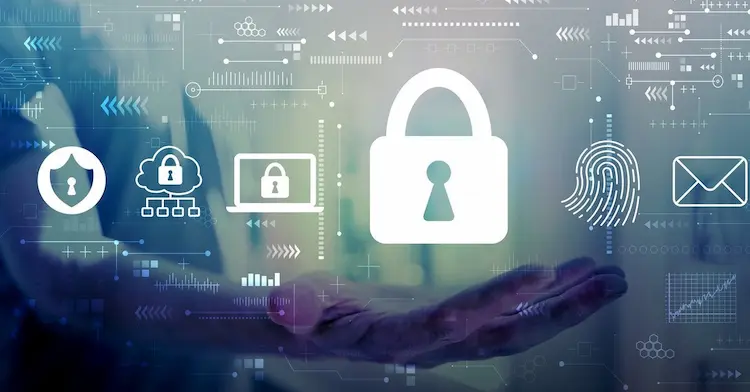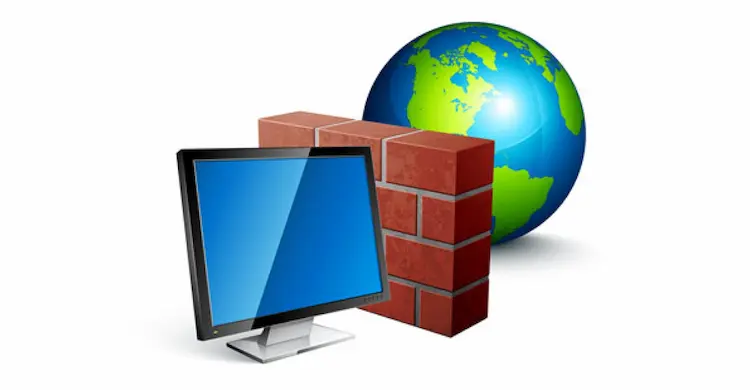While personal hygiene practices are used to maintain good health and well-being, data and IT systems may be kept secure by adhering to specific cyber hygiene guidelines.
This contributes to the preservation of functioning devices and software programs by protecting them from external threats such as viruses that may disrupt operations. It includes everything from how far we go to secure sensitive data online to how often we update the software that protects our PCs.

Based on JFrog guidelines, let’s look at the recommended practices that businesses of all sizes should apply to enhance their cyber hygiene.
Invest in the Right Technology
To maintain good cyber hygiene, you’ll need the right tools, much as you’d need a toothbrush to clean your teeth. Install reliable antivirus and malware software and a password protection system with a high degree of security to secure the sensitive information stored on your devices.
Before installing anything on your computer or network, be certain that the software and devices you want to use are from a reputable source.

Manage IT Inventories Centrally
You should have real-time management over your whole IT inventory to ensure that appropriate cyber hygiene is performed on every piece of hardware and software deployed inside your firm.
Businesses must maintain extensive information on which pieces of software are being used by which users on which devices, especially in this day and age of bring-your-own-device (BYOD). It is your obligation as an administrator to ensure that you are notified if potentially malicious software is discovered on a network device, and you should also monitor the availability of deployed hardware and any potential issues that it may have.
Implement Multi-Factor Authentication
Even if they fulfill all of the security criteria, passwords are just too easy for criminals to obtain, so companies should not rely only on passwords to protect their data. When implementing multi-factor authentication (MFA) systems, users must authenticate their identity using one or more additional verification factors.
These may involve entering one-time passwords (OTPs) provided through email, text messages, or smartphone apps. Additional ways of authentication that may be employed include answering personal security questions or using face or voice recognition. This is a straightforward approach to adding an extra layer of security to your company.

Limit User Access
The bulk of the issues with keeping control over who is present in the halls, similar to the scenario at the hospital, begins at the reception area. Access control is one of the most important barriers to data security; thus, you should invest heavily in this area. Look for services and technologies that can automate authentication and monitoring, as well as alert you if there are any oddities when someone tries to enter the system.
Secure Your Router
As part of a cybersecurity system, your wireless router is a potential security risk that is commonly disregarded. This is especially dangerous when employees of your workforce work from home, utilizing their own personal IP addresses and wireless internet connections.
Changing the router’s default password and checking that it has WPA2 or WPA3 encryption are the only things you need to do to make the process of protecting your network as simple as possible. The most essential thing to remember here is to make sure that any workers who work remotely follow these requirements as well.
Update Software Frequently
Hackers often look for and exploit flaws in old software since it makes gaining access to an organization’s digital assets easier. As such it is critical to keep software up-to-date with the most current security patches.
In an ideal world, every business would have a mechanism in place to guarantee that its software is kept up-to-date regularly and that all of its employees are aware of the need to do so.
Create an Incident Response Plan
Even after taking all of the appropriate safeguards, a company still runs the risk of becoming the target of a cyberattack.
In circumstances like this, having a plan for responding to incidents is very necessary. For those who are unfamiliar, an incident response plan is a document that defines the actions that a company needs to take if it experiences a cyberattack.
It comprises processes for identifying and containing the assault as well as minimizing the harm that it has caused.
Frequently putting an organization’s incident response strategy through its paces can help ensure that it is both efficient and up-to-date.
Install a Firewall

A firewall is a system or application that can filter connections coming into and out of a network and then allow or deny those connections based on a set of criteria. A firewall is an important component of your network’s overall security and should not be disregarded since it may prohibit authorized users from utilizing your connection to access websites, servers, and other resources.
You can use the built-in firewall in Windows, but you will need to adjust its settings to make it perform more efficiently. You may also use the built-in firewall protection that comes with your antivirus or anti-malware software.
Safeguard Information Sent over the Phone
Scams performed over the phone have existed for a very long time, long before the internet. Mobile phones are ubiquitous, and the ability to send and receive text messages makes it much easier for criminals to commit crimes. Even if the number calling or texting your employees seems legitimate, you must still train your employees on the telltale signs of a phone scam.
As with email, if they have any reason to be suspicious, they should not respond to the message or click on any links. Instead, they should call the firm’s phone number and speak with an official representative. Especially if the person on the other end is asking for sensitive or financial information from you.
Use Strong Passwords
Create a unique and less predictable timeline for sending out password-change notifications to your organization’s members. Use a password management application to help team members create safe passwords that are at least 12 characters long and challenging to guess. Similarly, ensure that everyone has multifactor authentication enabled on all of their devices and accounts.